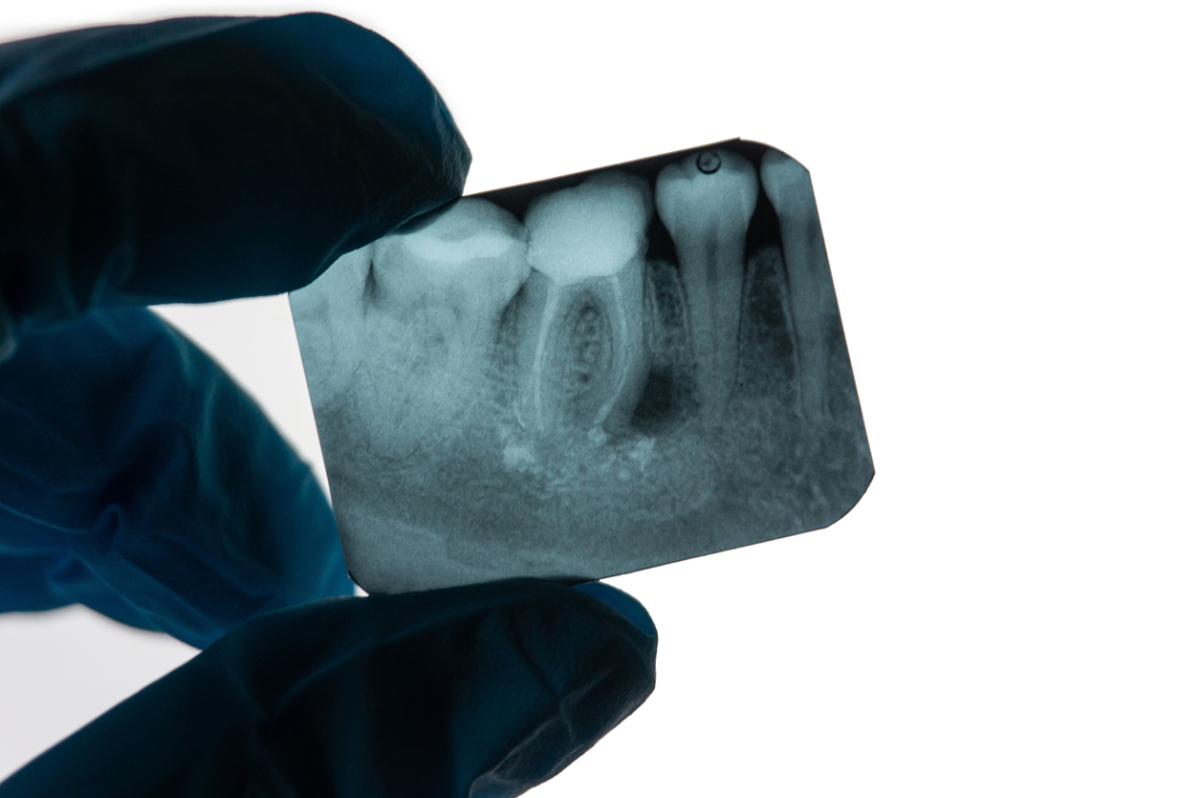How Do Surgical and Nonsurgical Lifts Compare?
A neck or facelift has the potential to seriously improve the appearance of the area surrounding one’s neck and lower jaw. Many patients have found it to be the solution for their concerns in this part of the body. So how do surgical and nonsurgical lifts compare?
Many aren’t aware that there are several different kinds of lifts that are possible to receive. Learning the differences between the types can give you a leg up in terms of finding the solution to your issues.
If you have questions regarding the different types of neck lifts, take a look at this guide, which can give you more information on the subject. It may help you decide that a nonsurgical neck lift is right for you.
Surgical vs Nonsurgical Lifts
The two primary methods of providing lift to an area of the body that might be needing such treatment are either surgical or nonsurgical. Surgical lifts utilize invasive surgical tools that cut into the body to manipulate the area below. Nonsurgical lifts do not utilize invasive surgical instruments to perform the task at hand; rather, they use tools like injectable fillers and massage to make changes to one’s appearance.
How Do Surgical and Nonsurgical Lifts Compare?
Surgical and nonsurgical facelifts may appeal to different groups of people for different reasons. For example, nonsurgical facelifts may not be appropriate for individuals who suffer from certain types of skin condtions, like some of the following listed below:
- Eczema
- Core sores
- Acne
- Moles
- Psoriasis
These types of conditions may become aggravated due to the abrasive nature of some nonsurgical lift techniques. On the other hand, nonsurgical techniques may be appealing to others because they do not generally require a patient to be cleared for treatment with invasive instruments and general anesthesia.
The factors above can be somewhat prohibitive for those who wish to receive work done but have medical conditions that prevent them from receiving treatment. Nonsurgical methods have the potential to give these patients results that are just as good as the ones they were looking for in the first place.
What Occurs During a Nonsurgical Lift?
There are several different varieties of nonsurgical facelift methods. Which one you use will be highly dependent on some of the specificities of your case and the exact type of work you’re looking for. Some of the primary subtypes of nonsurgical lift methods include:
Chemical Peels:
Chemical peels remove the top layers of your skin by applying light amounts of abrasive chemicals. Multiple peels can be applied in order to achieve the desired results.
Dermal Fillers:
Dermal fillers utilize the injection of substances to provide a sense of added volume to areas of the face that may have become sunken or hollow. Dermal fillers have the potential to last for a long time, with many lasting anywhere from six months to several years.
Botox Injections:
Botox can relax tense muscles, which leads to the development of wrinkles. Many people receive these injections in between their eyebrows or in the corners of their eyes. Results can last for several months.
Fat Grafting:
Fat grafting involves harvesting fat from one area of the body where it is plentiful to another where there is a sense of flatness or hollowness. This type of grafting can provide a patient with much-desired “natural” looking results.
Laser Skin Resurfacing:
In this type of treatment, beams of light can target areas of the skin and face with pinpoint precision to remove the older outer layers of the skin and stimulate collagen growth.
Microneedling:
During a microneedling procedure, thin and tiny needles make a series of tiny incisions across the face. This type of procedure stimulate the growth of collagen on the face. It has the potential to diminish the presence of wrinkles, large pores, and sun damage.
Microdermabrasion:
This is a minimally invasive procedure that gently sands away the top layers of the skin with a slightly rough pad. This exfoliates the skin and helps to reduce the presence of fine lines, scars, and other abberations of the skin.
As one can see, there are a variety of nonsurgical methods that can give a patient an advantage in terms of rejuvenating their skin using nonsurgical means. You can discuss with your physician which one they think might serve you the most.
The Best Neck Surgeon in Beverly Hills
Epione Beverly Hills is one of the best resources available for those who are looking to improve the appearance of their neck through a necklift. If you’re interested in discussing your options with a trained professional, contact our office today to hold a discussion at our cosmetic dermatology center in Beverly Hills.





